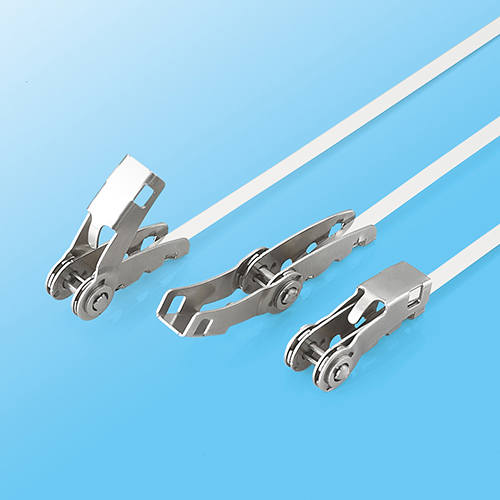Stainless steel production material
Due to the different uses of each product, the processing technology and the quality requirements of the raw materials are also different. Generally speaking, different stainless steel products require different thickness tolerances of raw materials. For example, the thickness tolerances of the second type tableware and vacuum flasks are generally higher, which is -3~5%, while the thickness tolerances of the first type tableware are generally required- 5%, steel pipe category requires -10%, hotel refrigerator material thickness tolerance is -8%, dealers generally require thickness tolerance between -4% and 6%. At the same time, the difference between the internal and external sales of products will also lead to the different requirements of customers on the thickness tolerance of the raw materials. Generally, customers of export products have higher requirements for thickness tolerances, while domestic sales companies have relatively low requirements for thickness tolerances (mostly due to cost considerations), and some customers even require -15%.
① DDQ (deep drawing quality) material: refers to the material used for deep drawing (punching) purposes, which is what everyone calls soft material. The main feature of this material is higher elongation (≧53%) and higher hardness. Low (≦170%), the internal grain grade is between 7.0 and 8.0, and the deep drawing performance is excellent. Many companies that produce thermos flasks and pots generally have relatively high product processing ratios (BLANKING SIZE/product diameter), and their processing ratios are 3.0, 1.96, 2.13, and 1.98, respectively. SUS304DDQ materials are mainly used for these products that require a higher processing ratio. Of course, products with a processing ratio of more than 2.0 generally require several passes of stretching to complete. If the extension of the raw materials cannot be achieved, the products are prone to cracks and pull-through phenomena when processing deep-drawn products, which affects the qualified rate of finished products, and of course increases the cost of the manufacturer;
②General materials: Mainly used for materials other than DDQ applications. This material is characterized by relatively low elongation (≧45%), and relatively high hardness (≦180HB), and the internal grain size grade is 8.0~9.0 Compared with DDQ materials, its deep drawing performance is relatively poor. It is mainly used for products that can be obtained without stretching, such as spoons, spoons, forks, electrical appliances, steel pipes and so on. But it has an advantage compared with DDQ material, that is, the BQ property is relatively better, which is mainly due to its slightly higher hardness.
Stainless steel sheet is an inexpensive material, but customers have very high requirements for its surface quality. Various defects such as scratches, pits, sand holes, dark lines, creases, and pollution will inevitably appear in the production process of stainless steel sheets. Therefore, the surface quality, such as scratches, creases, etc., is a high-grade material. It is not allowed, and defects such as pockmarks and sand holes are never allowed in the production of spoons, spoons, forks, because it is difficult to throw them away during polishing. It is necessary to determine the quality level of the table according to the degree and frequency of various defects on the surface to determine the product level.
Stainless steel cable ties produced by our companyHigh tensile strength, good flame retardancy, good resistance to acetic acid, acid, sulfuric acid, and corrosion. The wing lock type has the advantages of convenient and quick operation.





